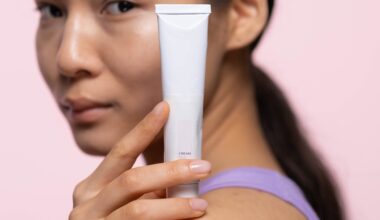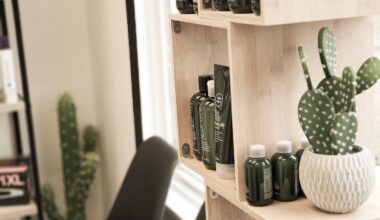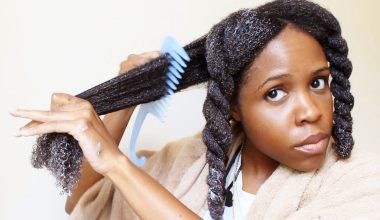Introduction
Hair oils, the ancient secret behind the lustrous locks of our ancestors, are making a resurgence. But with countless options available, how do you choose the right one? This guide demystifies hair oils, steering you towards making an informed choice tailored for your hair type.
Are Hair Oils Good for Your Hair?
Every strand of hair is like a wick that craves nourishment. Hair oils play a pivotal role by providing this nourishment, sealing in moisture, combating frizz, and ensuring elasticity. However, it’s a science as much as it is an art — the right oil can transform your hair, but the wrong one can spell disaster.
For ages, hair oils have been the cornerstone of holistic hair care. Infused with vitamins and fatty acids, they:
- Replenish: Reintroducing essential nutrients lost to environmental stressors.
- Protect: Forming a barrier against pollutants and heat.
- Enhance: Boosting shine, taming frizz, and improving manageability.
However, using the right oil for your hair type is key to harnessing these benefits without adverse effects.
Choosing the Right Hair Oil
Selecting a hair oil is akin to matchmaking. One has to consider their hair’s texture, porosity, and specific needs:
- Oily Hair: Light oils, such as jojoba, mimic the scalp’s natural sebum, ensuring balance rather than greasiness.
- Curly Hair: Emollient-rich oils like avocado penetrate, offering hydration and reducing frizz, which often plagues curly tresses.
- Low Porosity Hair: The challenge is penetration, hence oils like olive or sweet almond can be ideal.
Popular Hair Oils and Their Uses
- Coconut Oil: A universal favorite, it penetrates the hair shaft, replenishing lost proteins, especially beneficial for damaged hair.
- Argan Oil: Hailing from Morocco, this oil is a powerhouse of Vitamin E and fatty acids, making it a godsend for frizz and dryness.
- Olive Oil: An age-old remedy, it’s a deep conditioner that adds shine and combats dryness.
How to Use Hair Oils Effectively
- Use on slightly damp hair to enhance absorption.
- The ends of your hair are the oldest and often the driest; focus there.
- A gentle massage not only helps in absorption but also boosts circulation.
- Leaving it overnight, under a silk scarf or cap, can magnify benefits, especially for dry hair.
Hair Oils and Scalp Health
While the spotlight is often on the hair, a healthy scalp is the unsung hero. Oils with anti-microbial properties, like neem or tea tree, can ward off dandruff and infections. Meanwhile, oils like bhringraj or amla, traditional in Ayurveda, are believed to stimulate hair growth.
DIY Hair Oil Blends
Tailor-made solutions often yield the best results. A blend for shine might include olive, jojoba, and a few drops of rosemary oil. For growth, consider mixing castor, vitamin E, and peppermint oil.
Hair Oils for Hair Growth
Biotin-rich oils, such as castor, are often revered for promoting hair growth. They fortify the hair shaft, reduce breakage, and create a conducive environment on the scalp for growth.
Common Myths About Hair Oils
Myth: Oils can make dandruff worse. Reality: Certain oils, like coconut, have anti-fungal properties and can help combat dandruff.
Safety and Precautions
It’s essential to remember that what works for one might not work for another. Patch tests, especially for those with sensitive skin, are crucial.
Where to Buy Quality Hair Oils
While popular chains like Target or Ulta provide a range, boutique stores or specialized organic shops often have cold-pressed, pure options.
Conclusion
Hair oils are a symphony of nature’s best elements. When chosen wisely and used judiciously, they have the power to transform — from the root to the tip.
Additional Resources





